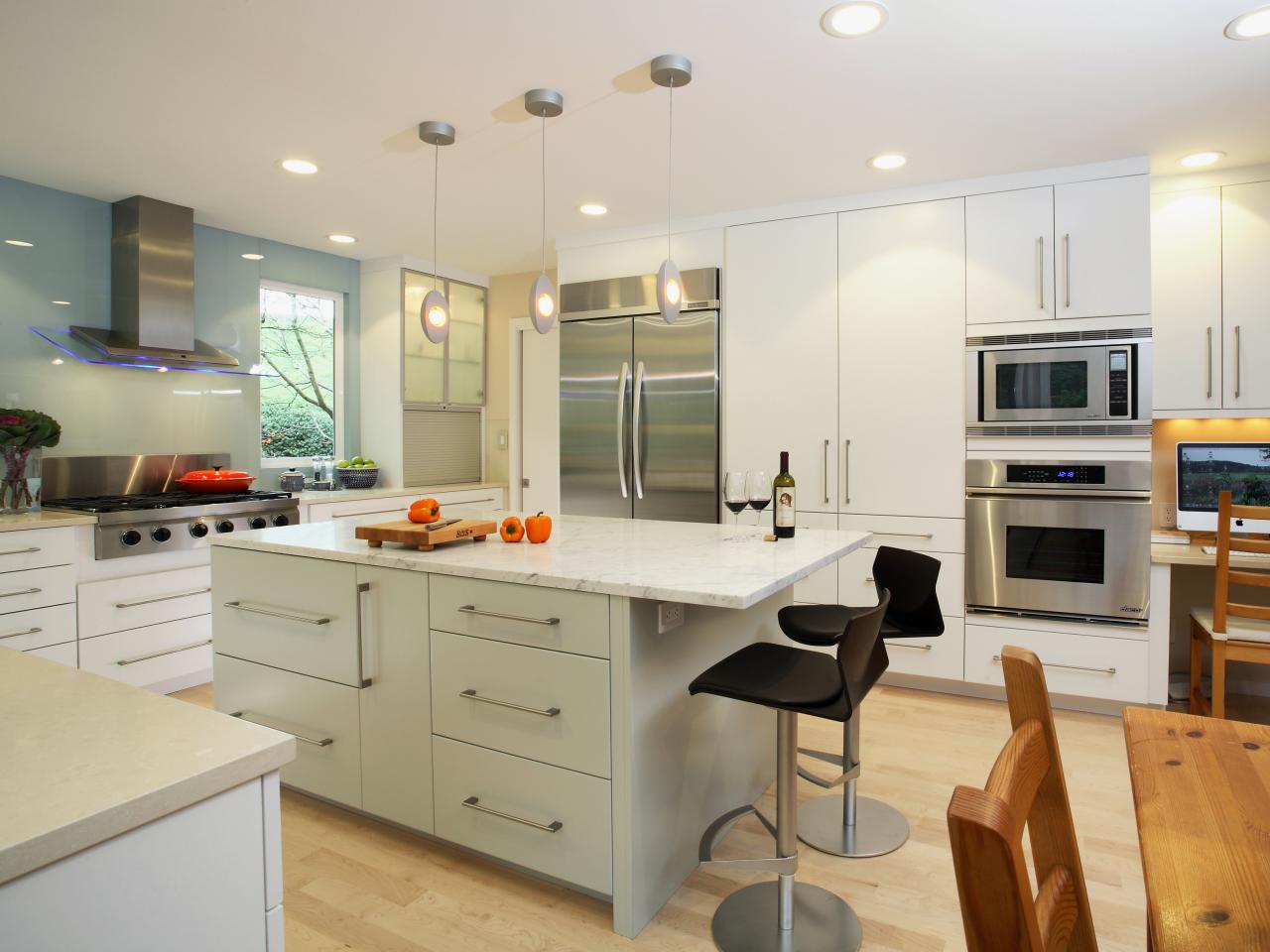MedicalAlertBuyersGuide.org is an independent review site. We may earn compensation from the providers below. Learn More
Remodeling For the Long Haul
Aging can be a stressful phase of life due to all the changes and decisions that must be made in this sensitive time. One of the biggest decisions to be made is where a loved one will live in their golden years. Senior living facilities are a common, but expensive option that most elderly expect, but usually don’t desire.

An overwhelming 75 percent of adults aged 50 and above want to remain in their homes as they age, but most also don’t think it’s possible. Aging in place is difficult because homes can contain fall hazards and aren’t accessibility friendly, but some of those challenges can be resolved with remodeling.
Here are three remodeling ideas for making the home accessible for an aging loved one to age in place.
Bathroom
The bathroom is one of the riskiest places for a fall. Statistics show falls that occur in the bathroom are twice as likely to result in injuries compared to falls that occur in living rooms. The moisture-rich environment can make floors, handles, and other surfaces slippery. Most falls in the bathroom occur when getting in and out of the shower or tub, and using the toilet.
Showers and Bathtubs
Standard showers and bathtubs pose a hazard for elderly users due to the action of stepping inside, as well as the lack of grab bars and seating. Accessibility showers may be curbless, allowing a wheelchair to be rolled in and eliminating the need to step inside. Bathtubs may offer a full-size door for easily stepping in. These showers and bathtubs also feature grab bars and seats for improved stability during bathing, and they typically match the same dimensions of standard shower and bathtub slots, so no extra construction is necessary for replacement.
Toilets
Many falls in the bathroom occur when a user gets on or off the toilet. These falls can be reduced by installing taller profile toilets or raised toilet seats. Grab bars can also be installed around the toilet to provide support for users as they sit or stand, or transfer from a wheelchair.
Lighting
Poor lighting can make maneuvering around the home more challenging and riper for falls. Key travel paths such as hallways can be shadowy and conceal hazards that may cause a fall. Several lighting changes are helpful to improve visibility, which is especially important for those with reduced eyesight.
Hallway Lighting
Hallway floor lighting may be installed to make walkways brighter, making that middle of the night bathroom trip slightly safer. Wall-mounted lamps and sconces are other options, as well as motion-activated lighting to provide light before reaching a switch.
Light Switches
Light switches may also be replaced with wider, low profile switches that are easier for arthritic hands to operate. Additionally, lighted outlets and cover plates are quick upgrades to improve visibility.
Kitchen Lighting
Kitchen lighting may be improved by installing lights under cabinets where it is dark. Lighting inside the cabinets may be an additional help and make it easier to find items. Low-hanging light fixtures also offer improved lighting over the sink.
Flooring
Flooring is another major hazard, whether it comes in the form of unevenness, steps, or slippery surfaces. Elderly individuals experience gait changes and shuffling in their step, making flooring a key area of remodeling for greater accessibility.
Uneven Floors
Hard floors may be uneven due to warping or sagging, and carpeted floors may become uneven due to loosening and bunching. Any flooring abnormality should be repaired or replaced as soon as possible to avoid a fall. Some homes have steps between rooms, and while these may be more challenging to change, installing a railing or ramp can make that step easier and safer to take.
Steps
Steps inside and out of the home may create a challenge for elderly individuals. While small changes can be made such as installing sturdy railings or non-slip strips on the stairs, it is best to eliminate stairs wherever possible. Ramps may be built in place of stairs, or some ramps can be affixed over existing stairs. Stair-assist devices are another way to provide safe travel up and down stairs.
Slippery Floors
Slippery surfaces may be altered using non-slip area rugs or changing out the flooring entirely for something more suitable for aging in place. Textured flooring such as carpet or some wood varieties may be a durable and safer option that is worthwhile for the long-term. Carpet also provides some cushion in the event of a fall.
It’s not possible to eliminate every hazard in the home, but some of these changes can help loved ones fulfill their wishes of aging in place, and help them do so in a safer environment.

